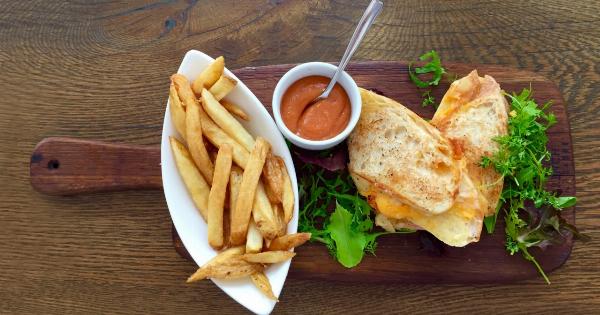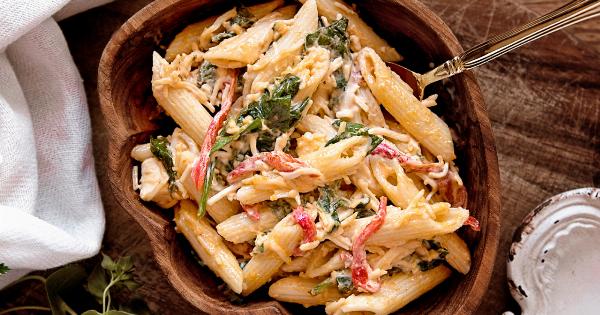Exercise is essential for maintaining a healthy lifestyle, but sometimes it’s easy to forget the impact our workouts have on our treat consumption.
Whether you’re trying to shed a few pounds or simply maintain your weight, calculating your workout’s calorie burn can help you make smarter decisions about indulging in treats. In this article, we will explore how to calculate the calories burned during different types of exercises and provide tips on how to effectively wipe out those extra treats.
Understanding Calories
Before we dive into calculating calories burned during exercises, let’s first understand what a calorie is. A calorie is a unit of energy that our body requires to function.
When we consume food, our body breaks it down and converts it into energy, measured in calories. Different foods have different amounts of calories, with some being more energy-dense than others.
Calculating Calories Burned during Exercise
To accurately calculate calories burned during exercise, we need to consider a few factors:.
1. Basal Metabolic Rate (BMR)
The Basal Metabolic Rate is the number of calories your body burns at rest to maintain basic bodily functions such as breathing, digestion, and cell production. It varies based on factors like age, weight, height, and gender.
To get a rough estimate of your BMR, you can use an online calculator or consult a fitness professional.
2. Intensity of Exercise
The intensity of exercise plays a significant role in determining how many calories are burned. More vigorous activities like running or HIIT workouts will burn more calories compared to low-intensity exercises like walking or yoga.
3. Duration of Exercise
The longer you exercise, the more calories you burn. It’s crucial to track the duration to get an accurate estimate of your calorie burn.
4. Body Weight
Your body weight directly affects the number of calories burned during exercise. Heavier individuals burn more calories compared to lighter individuals because it requires more energy to move the body.
Using the MET Method
The MET (Metabolic Equivalent of Task) method is commonly used to estimate calorie burn during different exercises. MET represents the ratio of the rate of energy expended during an activity to the rate of energy expended at rest.
Here is a simple formula to calculate calories burned using MET:.
Calories Burned = MET value x BMR x Duration (in hours).
Example Calculation
Let’s assume you weigh 150 pounds and want to calculate the calories burned during a one-hour Zumba class:.
– BMR: 1500 calories/day (50 calories per hour).
– Zumba MET value: 8 (varies based on intensity).
– Duration: 1 hour.
Calories Burned = 8 x 50 x 1 = 400 calories.
Wiping Out Treats
Now that we know how to calculate the calories burned during exercise, let’s explore how we can wipe out those extra treats:.
1. Prioritize High-Intensity Workouts
High-intensity workouts like cycling, running, or kickboxing burn more calories in less time. Incorporating these into your routine allows you to create a larger calorie deficit, making room for occasional treat consumption.
2. Be Mindful of Treat Choices
When indulging in treats, choose options with fewer calories. Opt for a small piece of dark chocolate or a fruit-based dessert instead of high-calorie cakes or sugary snacks. This way, you can enjoy your treats without derailing your progress.
3. Plan Your Treats Ahead
If you know you have a treat planned for the day, adjust your workout accordingly. Consider adding some extra minutes or intensity to your exercise routine to offset the extra calories you’ll be consuming.
4. Stay Consistent with Exercise
Consistency is key! Make exercise a regular part of your routine. By maintaining a consistent workout schedule, you’ll create a steady calorie burn, making occasional treats less likely to have a significant impact on your overall progress.
5. Practice Portion Control
When treating yourself, practice portion control. Instead of consuming an entire bag of chips or cookies, enjoy a reasonable portion size. Being aware of portion sizes can go a long way in managing your overall caloric intake.
In summary
Calculating your workout’s calorie burn is crucial for making informed decisions about treating yourself.
By understanding the factors involved in calorie burn during exercise and implementing strategies to manage treat consumption, you can maintain a healthy balance between indulgence and fitness.





























